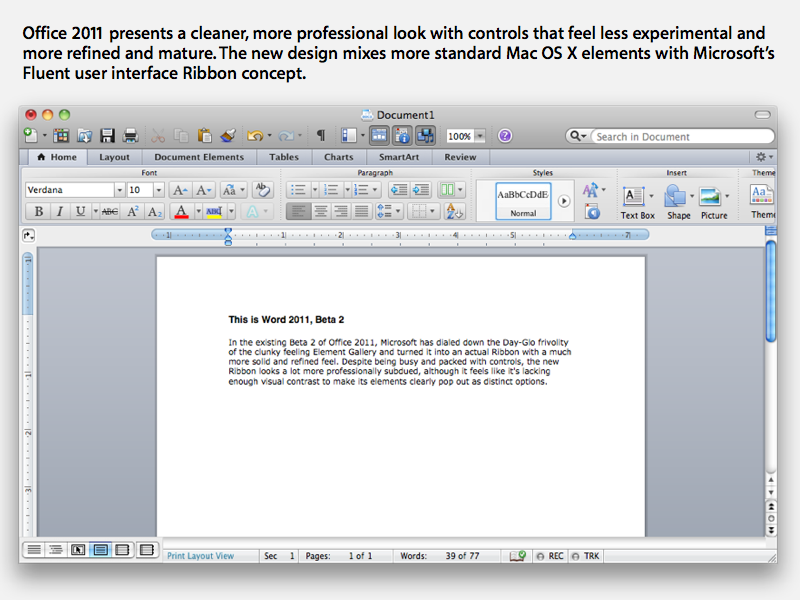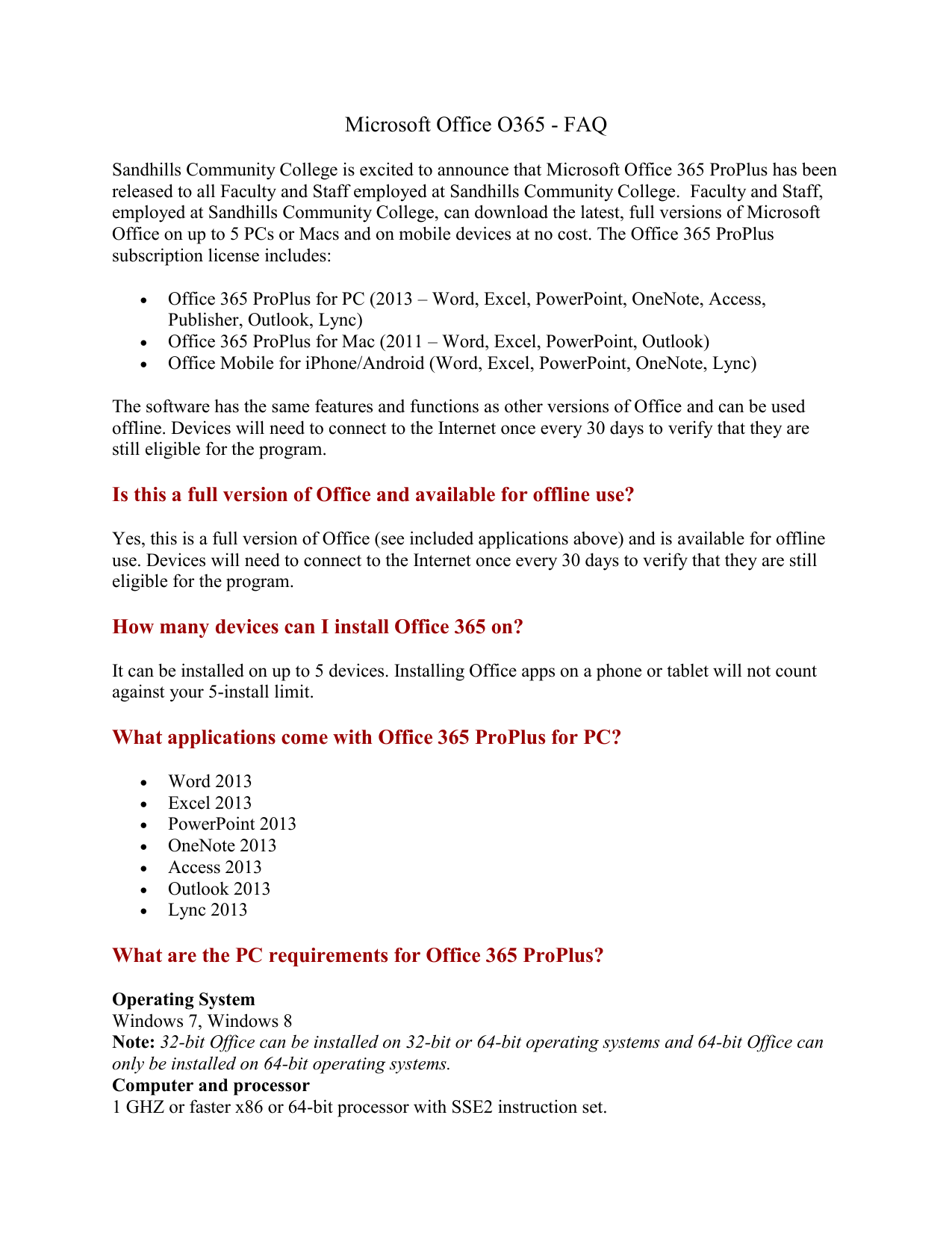- Windows 10 Requirement
- System Requirements For 2011 Mac Microsoft Office Cost
- System Requirements For Mq
Microsoft Office contains Word, Excel, PowerPoint, and Outlook. Office 2016 is available via Microsoft Office 365.
This applies for both Office 365 for Mac and Office 2019 for Mac users. What about Office 2016 for Mac? If you have a one-time purchase of Office 2016 for Mac or you have Office 365 for Mac and are using the Office 2016 for Mac build on macOS versions earlier than 10.13, your Office system requirements. Important note for Office 365 subscriptions: After September 22, 2016, Office 2011 for Mac is no longer available for installation with an Office 365 subscription.This doesn't affect one-time purchases of Office for Mac 2011 such as, Office Home and Student, Office Home and Business, or Office Professional.
- Office for Mac Home and Student 2011. A Mac computer that has an Intel processor; Mac OS X version 10.5.8 (or a later version) 1 gigabyte (GB) or more of memory (RAM) 2.5 GB of available hard disk spaceOct 11, 2017 Microsoft has officially ended support for Office for Mac 2011 as scheduled, nearly seven years after the software suite was first released. 2011 versions of Word, Excel, Outlook, and PowerPoint.Oct 07, 2015 To verify that Office for Mac 2011 14.1.0 is installed on your.
- Apr 12, 2011 In the Office 2011 SP1 Update (14.1.0) volume window, double-click the Office 2011 SP1 Update (14.1.0) application to start the update process, and then follow the instructions on the screen. If the installation finishes successfully, you can remove the update installer from your hard disk.
- System requirements for Office. Mac: Office 2019 for Mac Home & Student includes Word, Excel, PowerPoint, and OneNote. And OneDrive mobile apps offer premium features to Office 365 subscribers. See the Microsoft Office Resources page for information about the extra features available with Office 365 on Windows Mobile, iOS, and Android.
- Office for Mac 2011, like most Microsoft products, has a support lifecycle during which we provide new features, bug fixes, security fixes, and so on. This lifecycle typically lasts for 5 years from the date of the product’s initial release.
Office 2011 is still available to students, faculty, and staff via IUware.
To use Office 2016 with Mac OS X, you must be running Mac OS X 10.10 (Yosemite) or later. For Office 2011, you must have:
- OS X version 10.5.8 or later
- 1 GB or more of RAM
- 2.5 GB of available hard disk space
- An Intel processor
- A DVD drive or connection to a local area network (if installing over a network), or an internet connection (if downloading from IUware)
- HFS+ hard disk format (also known as Mac OS Extended or HFS Plus)
- 1280 x 800 or higher resolution monitor
- Safari 5 or later (recommended)
Important
Office 365 ProPlus is being renamed to Microsoft 365 Apps for enterprise. To learn more about this name change, read this blog post.
For details of when this change takes effect, and what actions admins might need to take, read this article.
Follow the steps in this article to assess your environment and requirements before deploying Office 365 ProPlus in your organization. This assessment will help you make key decisions as part of planning your deployment.
In addition to this guidance, we recommend that you use Microsoft FastTrack to help with your deployment.
Step 1 - Review infrastructure and requirements
Review the number and details of your client devices, including platform (Windows or Mac); operating systems; architectures (32-bit or 64-bit); required languages; and existing versions of Office, Visio, Project, and other Office applications.
As part of this review, make sure that your client devices meet or exceed the minimum system requirements for installing Office 365 ProPlus.
In addition, you should review the system requirements for your Office server workloads. For example, Exchange 2007 does not support Outlook 2016. For more details, see Exchange Server Supportability Matrix and System Requirements for Office server products.
Finally, you should review the deployment tools you use in your organization, such as Microsoft Endpoint Configuration Manager. Most organizations deploy Office with the deployment tools they already have in place. If your organization uses Configuration Manager, we recommend upgrading to the current branch and updating to the current release. For more details, see Which branch of Configuration Manager should I use?.
Step 2 - Review licensing and accounts

Make sure that all your users have Office 365 accounts and licenses, and that those licenses include Office 365 ProPlus. For details on how to manage accounts and licenses, see Overview of licensing and activation in Office 365 ProPlus, Manage user accounts and licenses with Office 365 PowerShell, and Subscriptions, licenses, accounts, and tenants for Microsoft's cloud offerings.
If you plan to install Visio or Project, make sure that you have the appropriate licenses and have identified the users who need them. For more details, see Use the Office Deployment Tool to install volume licensed editions of Visio 2016 and Project 2016.
Step 3 - Assess network capability
Review your network capability, including bandwidth and distribution of client devices, based on the following considerations:
- Installation files for Office 365 ProPlus are at least 1.6 GB for the core files, plus at least 250 MB for each language deployed.
- Client devices require Internet access to activate their Office 365 ProPlus subscription, and then must connect at least once every thirty days to verify their subscription.
- The following ports and protocols must be open: Office 365 URLs and IP address ranges.
- Office 365 updates vary in size, but you can review recent download sizes here. For details on the frequency and type of updates based on channel, see Overview of update channels for Office 365 ProPlus.
- Updating client devices directly from the Office Content Delivery Network (CDN) can vastly reduce your administrative investment. To help decide whether this is appropriate for your organization, make sure to assess the connectivity between the Internet and your client devices, including those in remote sites. If you do manage updates from the Office CDN, updates are automatically deployed over a number of days to conserve your network bandwidth.
Step 4 - Assess application compatibility
Before deploying Office 365 ProPlus, you may want to test your business-critical VBA macros, third-party add-ins, and complex documents and spreadsheets to assess their compatibility with the new version of Office.
Note
The vast majority of add-ins, VBA macros, and complex documents and spreadsheets that work with Office 2010 or 2013 will work with Office 365 ProPlus as well.
To complete that assessment, do the following:

Discover and get readiness information about your VBA macros and add-ins by using the Readiness Toolkit. You can run the Readiness Toolkit on client devices across your entire organization. For more details, see Use the Readiness Toolkit to assess application compatibility for Office 365 ProPlus.
Use the reports to identify the readiness status of your add-ins and get recommendations about how to fix any VBA macro issues that were identified.
Working with your business groups, define a pilot group of representative users and client devices from across the organization. Those client devices should include the architectures in your organization (32-bit and 64-bit) and all the critical line-of-business applications, add-ins, and macros that you want to test with Office 365 ProPlus.
If you use the current version of Configuration Manager, you can use the Office 365 ProPlus Pilot and Health Dashboard to help you plan, pilot, and perform your Office 365 ProPlus deployment. For more information, see https://docs.microsoft.com/configmgr/sum/deploy-use/office-365-dashboard#bkmk_pilot.
As part of your Office deployment, you will deploy Office first to the targeted group from step 3, and then do an additional round of testing to ensure compatibility between Office 365 ProPlus and the add-ins and client devices in that group. After you have verified compatibility, you can deploy to the rest of your organization. That first group will then continue to be a pilot for testing future updates from Office ahead of the rest of your organization. For more details, see Plan your enterprise deployment of Office 365 ProPlus.
Review exit criteria
Windows 10 Requirement
Before planning your deployment, make sure you've completed all the steps for assessing your environment and requirements.
System Requirements For 2011 Mac Microsoft Office Cost
| Assessment | Reviewed? |
|---|---|
| Number of clients | Y/N |
| Client platform (Windows or Mac) | Y/N |
| Operating systems | Y/N |
| Architectures (32-bit and 64-bit) | Y/N |
| Required languages | Y/N |
| Existing versions of Office | Y/N |
| Existing versions of Project and Visio | Y/N |
| System requirements | Y/N |
| Existing deployment tools | Y/N |
| If using Configuration Manager, on current branch | Y/N |
| Office 365 licensing and accounts | Y/N |
| Network | Y/N |
| Run Readiness Toolkit | Y/N |
| Fix critical add-ins | Y/N |
| Define pilot group | Y/N |
System Requirements For Mq
Next step
Plan your deployment of Office 365 ProPlus.



